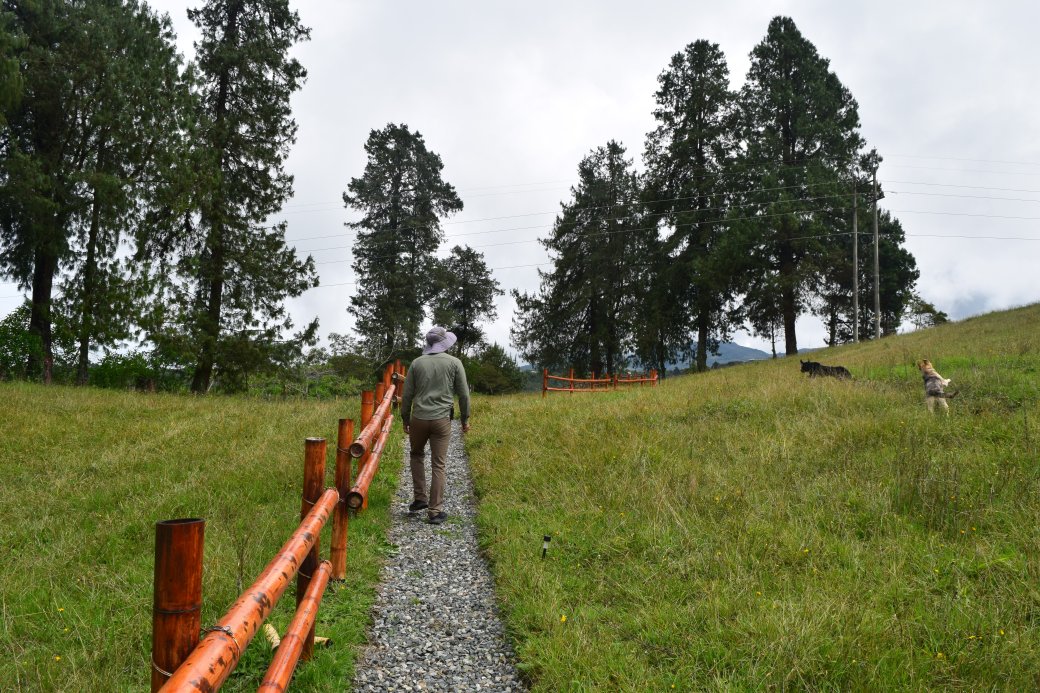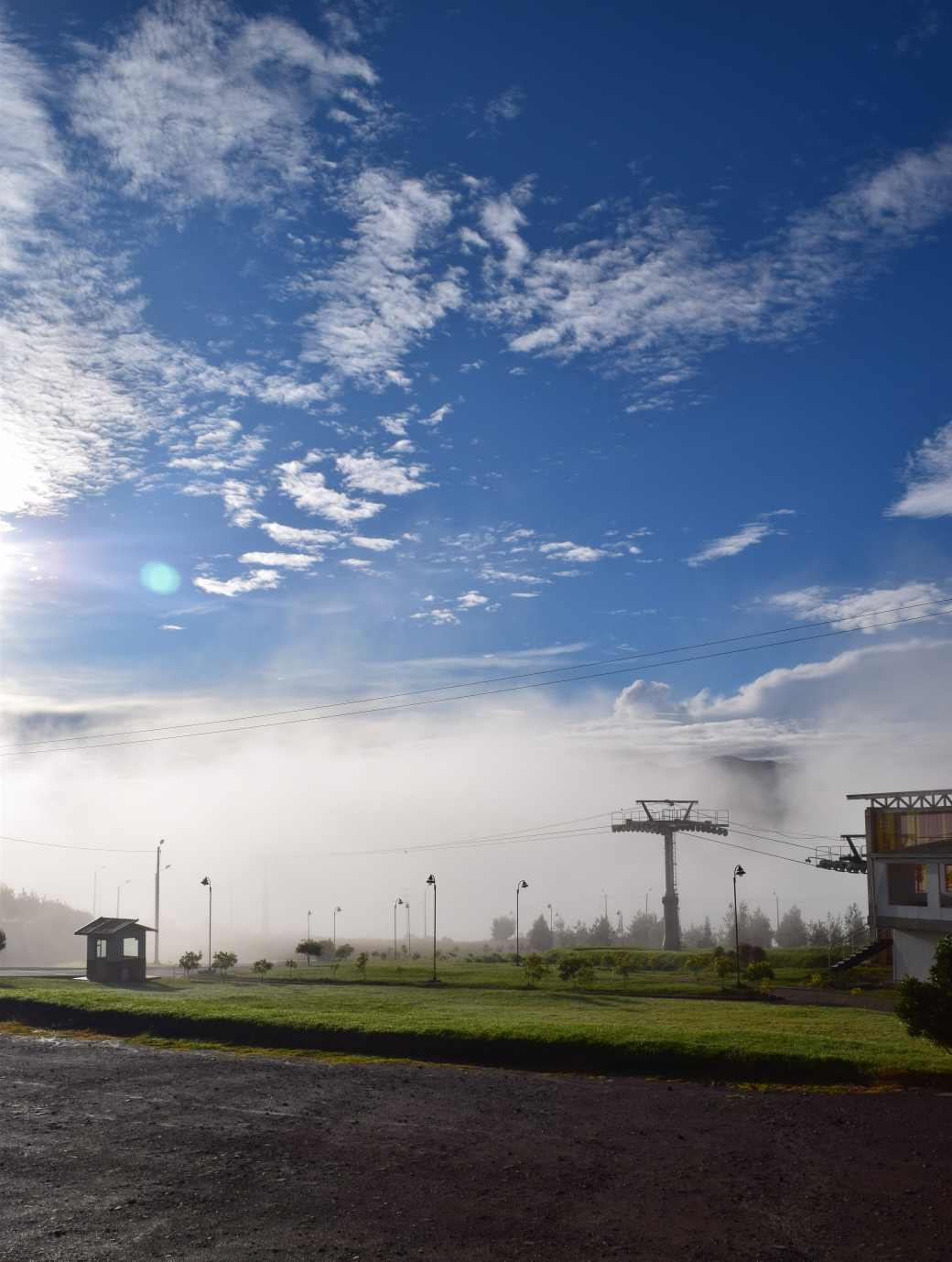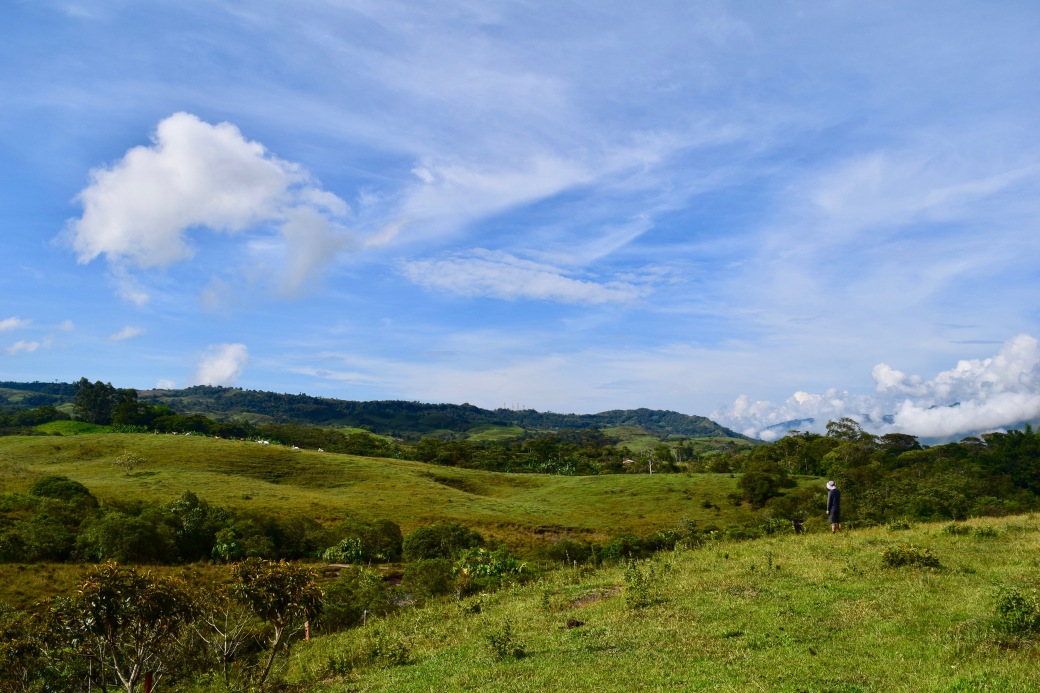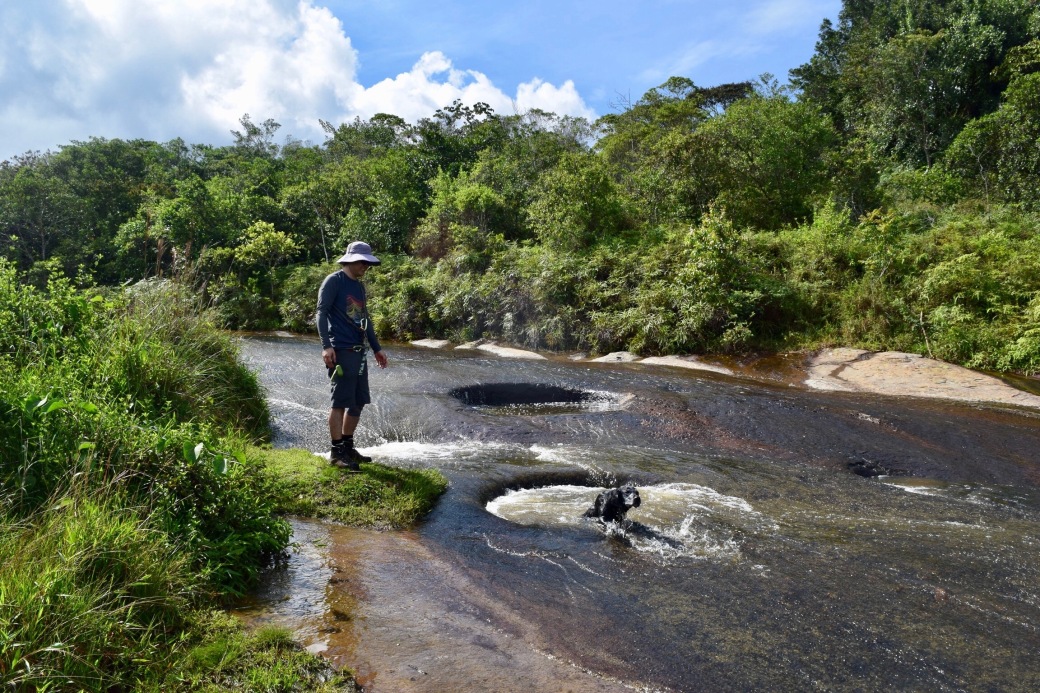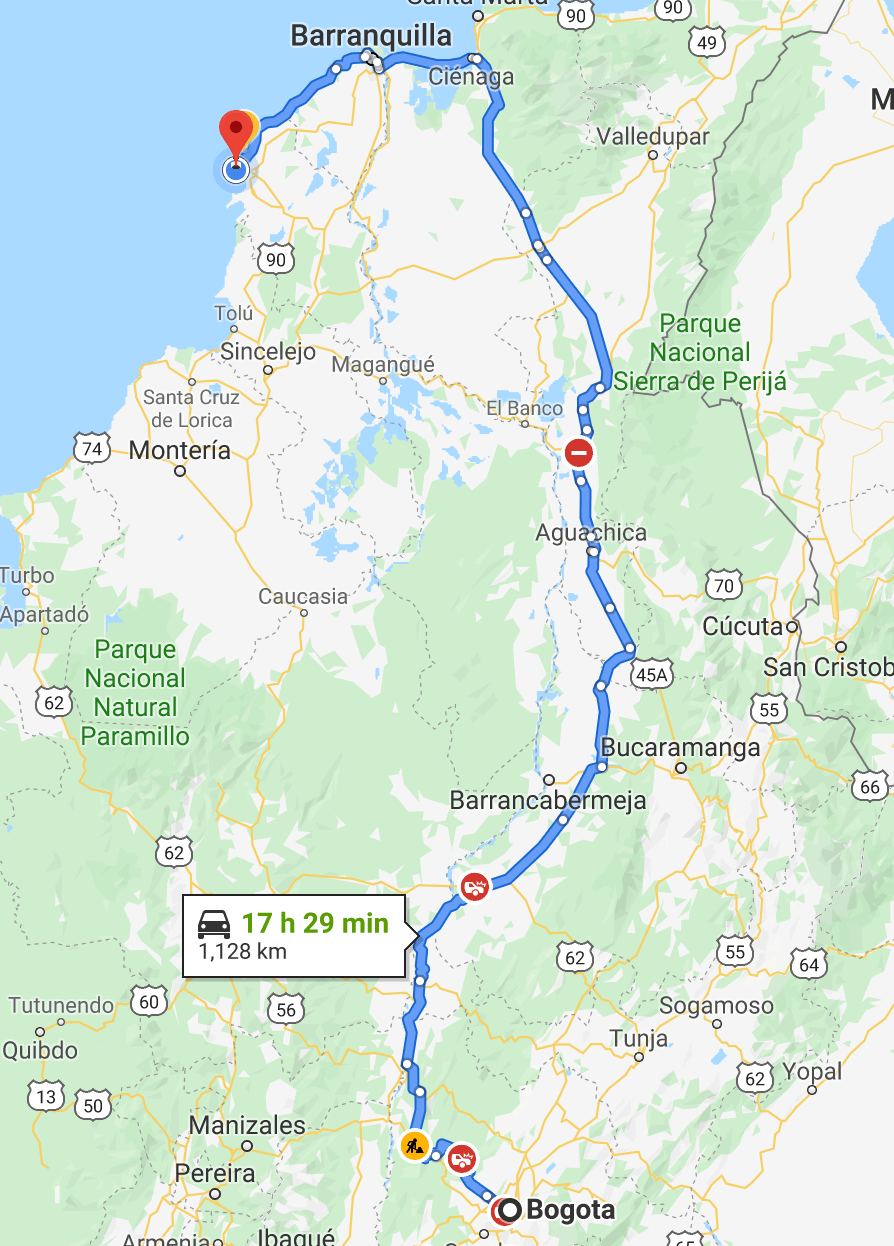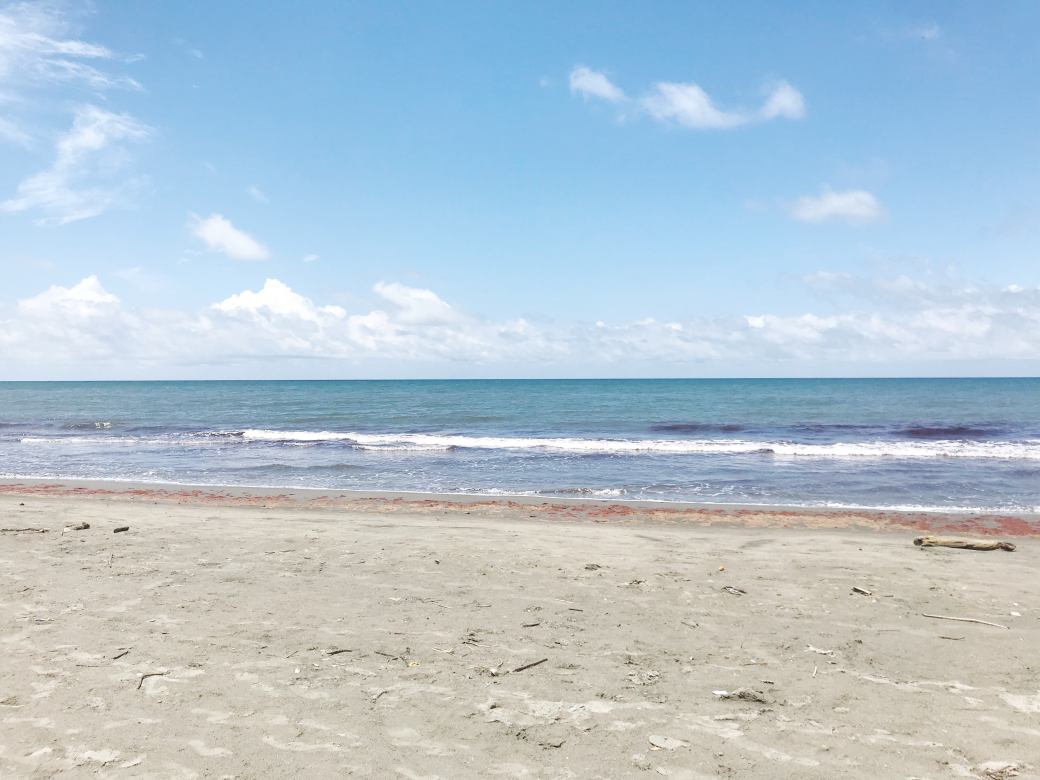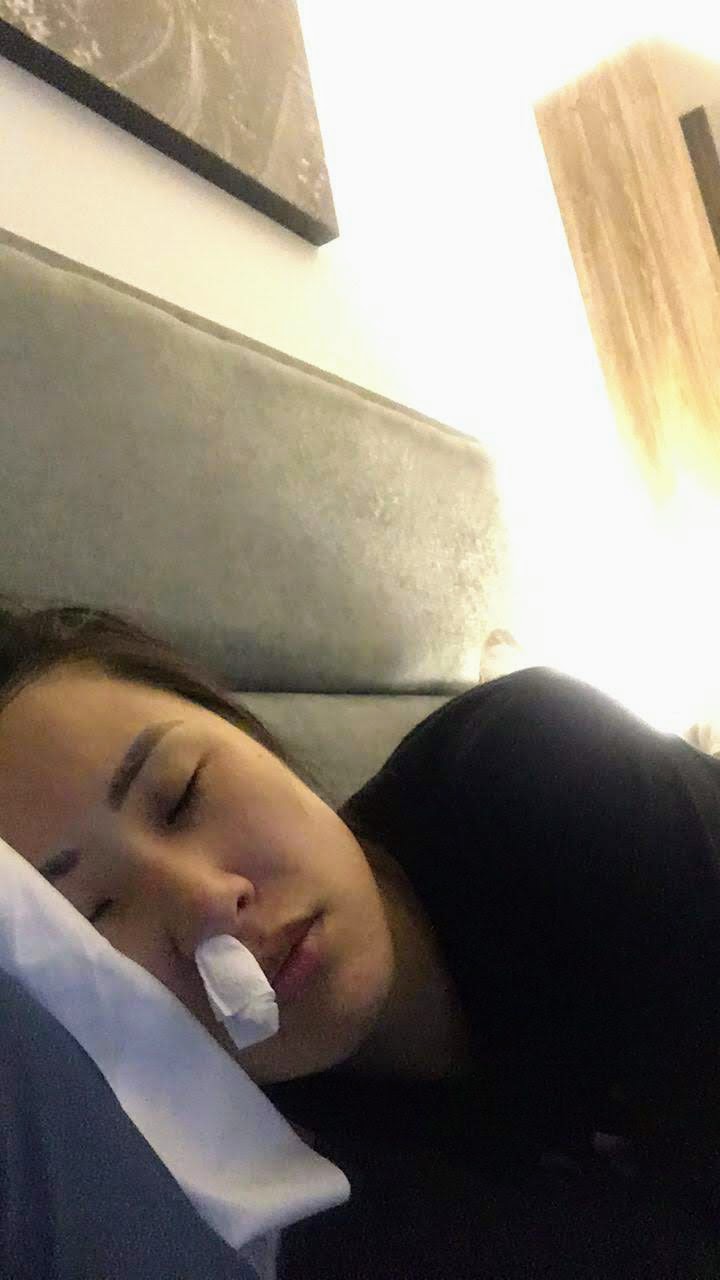It went by in a flash.
Honestly, I didn’t think we would last more than 6 weeks, but here we are about to board our final flight home to Vancouver. A year ago, we made the decision to go on this journey and even as the days inched closer to our departure date, it felt crazy and surreal. Even during the first few days, it felt like we were just on another road trip. All we did was take it one day at a time and make small decisions each day. Where should we sleep tonight? How much do you want to drive today? When should we cross the border? Does Zoe have enough food?
Before we knew it – it was February and we were looking at flights back home. There are so many moments we want to highlight, but here are a few that we keep reminiscing about.
Colombia
Bogota
If it weren’t for the heat in New Mexico, we would have never made the decision to skip Central America. We also didn’t realize that 6 months wasn’t nearly long enough to go through Central AND South America. Looking back, we’re glad to have made the decision.
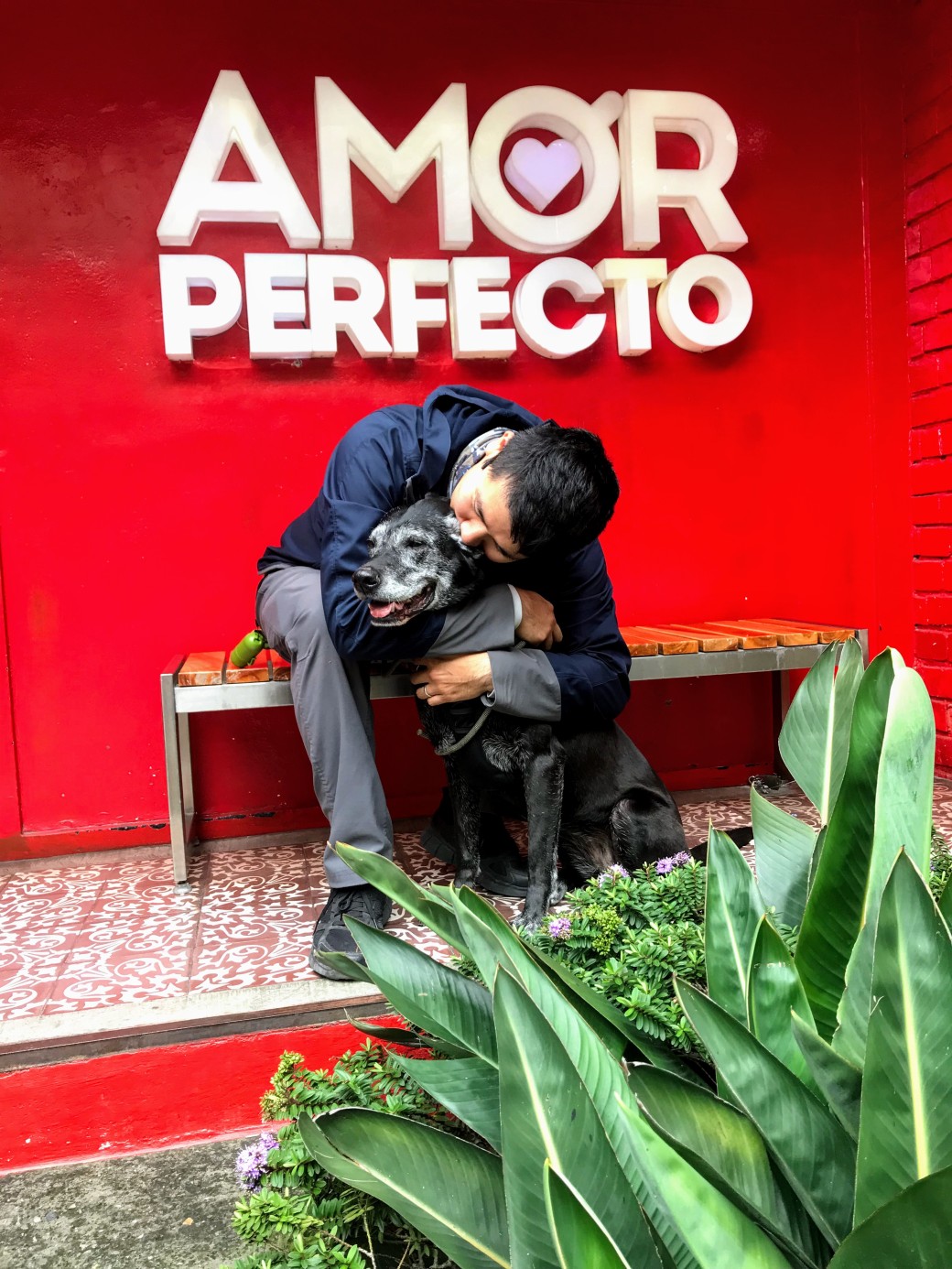
Sitting at 9,000 ft, we fell in love with the cold city of Bogota within a few days. The people are warm, the city is friendly (to Zoe especially), budget-friendly and the food is delicious. We would go back in a heartbeat. We did so much walking around the city and every day we found new neighborhoods to see and explore. The Spanish isn’t easy to understand and even though a lot of people don’t speak English, they are so friendly in trying to help you out.
Barichara
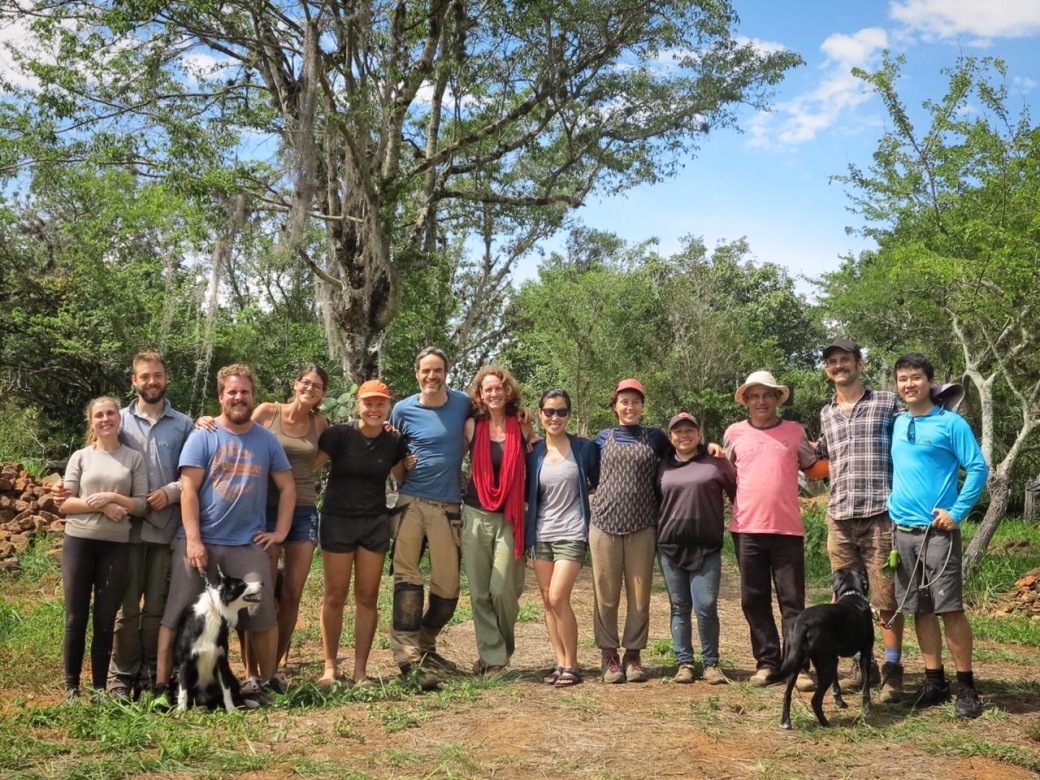
It has the perfect climate of around 25 degrees all day and then the afternoon breeze rolls in around 3pm, for a cool evening. Frequently rated as one of the most beautiful towns to visit in Colombia (or Villa de Leyva), it was worth the detour to stay there for 5 days and spend it with like-minded people who are also traveling long term. We met up with a Swiss Couple and their dog many times and shared the pains of traveling with a dog. Every day we walked to the small town to get fresh groceries and cooked as a group in the communal kitchen and shared stories. A fantastic place to hunker down.
Ecuador

I was dealing with altitude sickness for most of Ecuador, but the Quilotoa loop was one that took our breath away – literally. You drive, drive, drive up through a hill and all of a sudden you come upon the rim of this crater and see the pristine blue lake below. It is definitely one of our favorite hikes and one for the books.
Bolivia

People say Bolivia is the last true South American country. It is less developed than its neighbors, and still holds the desolate charm most people look for in South America. The landscape, the people, and the scenery are unmatched. Everywhere we look, it felt like we were on another planet and there is nothing like it.
Chile

Chile was a stark contrast to the less developed Bolivia. Paved roads, highway rest stops, and credit cards accepted everywhere – it felt like we were back in North America. Our favorite part wasn’t any of those modern conveniences, but the beautiful road trip through the Carretera Austral (Route 7). Rated as one of the best road trips in the world, we were skeptical. But dang – It blew us away. Every 2 minutes our jaws were dropping at the beautiful scenery (including the Catedral de Marmol). It was like all the beautiful national parks in North America were aggregated here.
Argentina

Argentina was our final country and honestly, it has so much to offer and we wish we had more time here. From Mendoza, Bariloche, Perito Moreno Glacier, to Buenos Aires – it is a country filled with so much culture, love for life, and of course delicious food. We loved it here and the friendly people really made all the difference. If nothing else, they have amazing Patagonian Lamb, and Steak – Albert beef tastes like a sad mock comparatively.
Final thoughts
We are incredibly grateful for this trip. Grateful for the people who helped us along the way. Grateful for the ability to take this trip when we did. Going to the countries we’ve been dreaming about and immersing ourselves in the countries has been amazing. We’ve also met some incredible people who have taught us so much about what it means to travel, learn, and really live.
Our Spanish is only a little bit better than when we left, but we definitely want to keep learning and go back to all of the above countries someday. Some of the things we’ve learned:
- you don’t really need that much on a day to day basis
- whatever you see on the news is the worst and not an accurate reflection of the country
- people are really friendly and willing to help
- not a lot of Asian people do this, therefore we got more attention
- take it day by day – things change so quickly in South America you can’t plan very far in advance anyway
- travel while you can, don’t wait – you make the opportunity happen
- take time out of the day for you and your loved ones
- be grateful for everything

Last but not least, I am so grateful for a partner who said YES. I probably could have done this alone or with Zoe (a lot of women do this kind of trip on their own), but it was infinitely more enjoyable with someone to share this experience with. Plus he makes me laugh every day – that’s hard to find.
Thanks for following along and reading our adventures in South America and until next time – Hasta Luego!
Love,
Steve, Anna & Zoe
